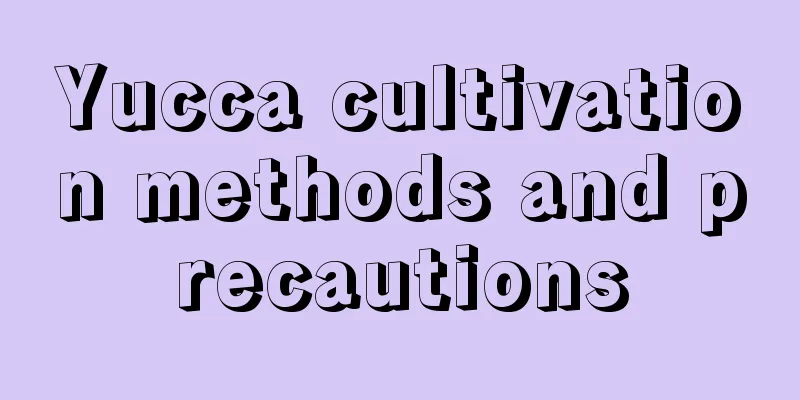How to grow hydroponic succulents

|
Hydroponic succulents are a special form of soilless cultivation, which is called hydroponics in Japan. It uses water as the substrate, plants flowers directly in a container filled with water, and provides them with the nutrients needed for growth. It is a novel cultivation method for green home decoration. Hydroponic succulent cultivation1. Prepare the plants First, remove the soil-grown succulent plants from the pots and gently shake off the soil on the roots of the plants. Then wash the plants in clean water, cut off the old and sick roots, and place them in a cool and ventilated place to dry for 1-2 days to facilitate the healing of the cuts. 2. Water requirements Succulent plants are generally not large, so it is best to use a small-diameter vase. You can also use a special hydroponic vase with a grid. First, fill it with clean water, add a few drops of nutrient solution and rooting agent, and put the prepared plants into the vase. Note that the roots of the plants cannot be completely immersed in water. Succulent plants should not be exposed to the sun. They should be placed in a cool, ventilated, and well-diffused place for maintenance. 3. Change the water Hydroponics requires that the water quality must be clean. Generally, the water should be changed every three days. When changing the water, gently rinse the roots to rinse off the mucus. At the same time, clean the vase to prevent scale from forming inside the vase. After adding a few drops of nutrient solution, put the plant back into the vase for cultivation. Precautions for water cultureSucculent cultivation should be ventilated. When hydroponically cultivated, try to place it in a cool and ventilated place and avoid strong light, otherwise the leaves will be burned by excessive light. When the nutrients in the water are not enough to maintain the growth of succulents, it is necessary to apply some nutrient solution regularly. Pay attention to the concentration. When the roots of succulents grow too lush, they should be pruned regularly to avoid the roots competing for nutrients and affecting the growth of the plants. |
<<: Which is easier to grow, the fortune tree or the money tree?
>>: How to grow chamomile seeds
Recommend
What is vanilla?
1. What is Vanilla does not refer to a single pla...
What soil to use for growing succulents
1. What soil to use The choice of loam is the bas...
Cultivation methods of loquat planting (high-yield planting technology and management points of loquat trees)
Loquat is one of many fruits, which is loved by c...
What is the reason for the osmanthus leaves to fall?
Causes of leaf fall 1. Improper planting season O...
Cultivation methods and precautions of yellow horn orchid
1. Breeding methods 1. Pot soil selection If it i...
Time and method of changing the soil of plum blossoms
Plum blossom soil replacement time The plum bloss...
What flowers are suitable for growing in Dandong? What are the city flowers and trees?
1. Climate characteristics of Dandong Dandong has...
What is the best month to plant broccoli?
When to plant broccoli Broccoli is generally plan...
How to remedy the dryness of baby's breath, illustrated instructions for pruning baby's breath
1. How to remedy the dryness of baby's breath...
How many days does the fruit radish grow?
The growth process of fruit radish has four growt...
How to prune blueberries
Pruning of flower buds The flower buds of potted ...
The efficacy and function of Guri Fragrant
1. Medicinal It has a good therapeutic effect on ...
When should prune bougainvillea? How to trim?
Bougainvillea is famous for its long flowering pe...
What to do if banyan leaves turn black
High humidity Improper watering can cause great h...
What is the difference between Fangfeng and Guizhi
1. Leaf Difference The leaves of the windproof pl...









